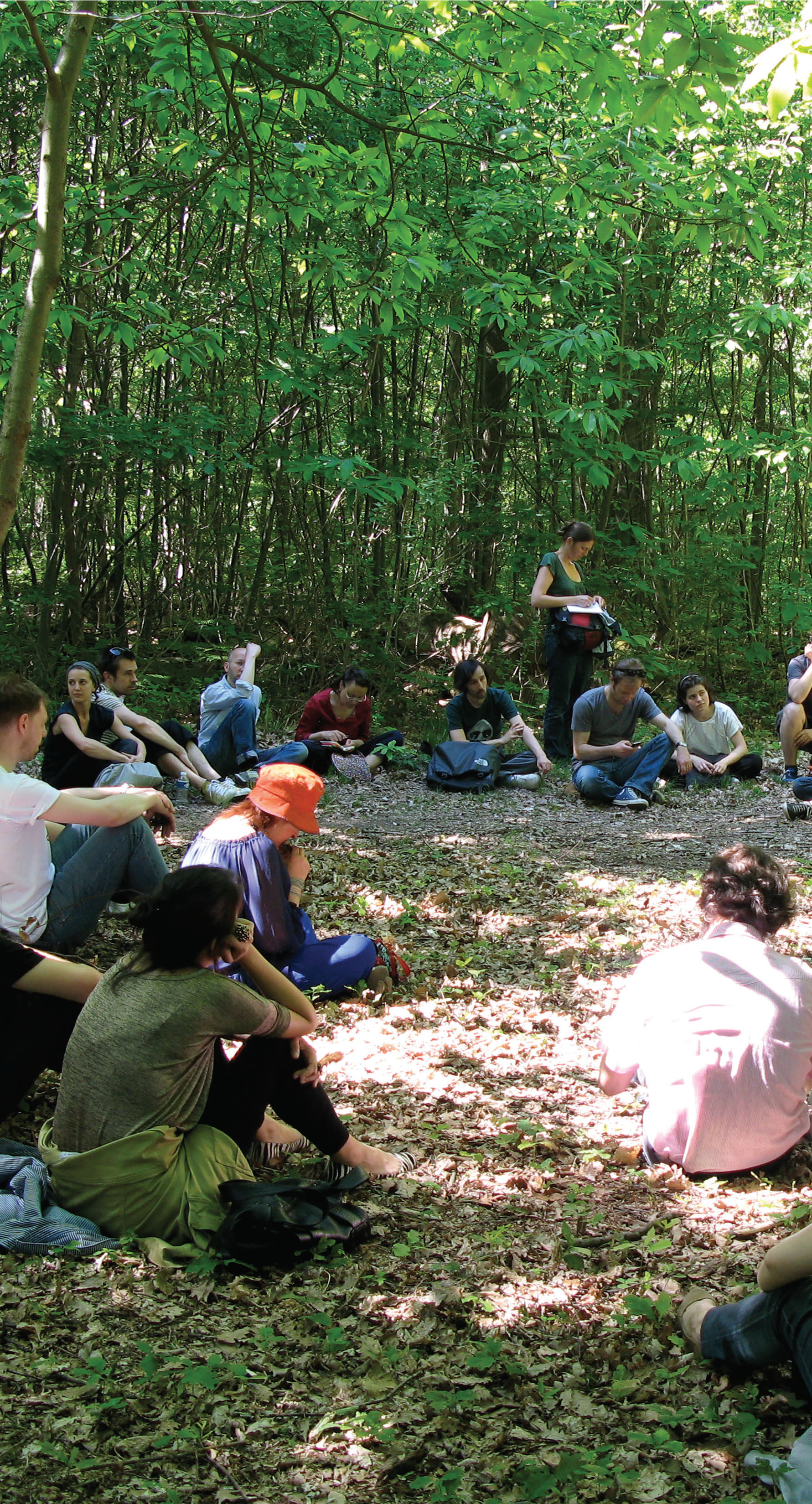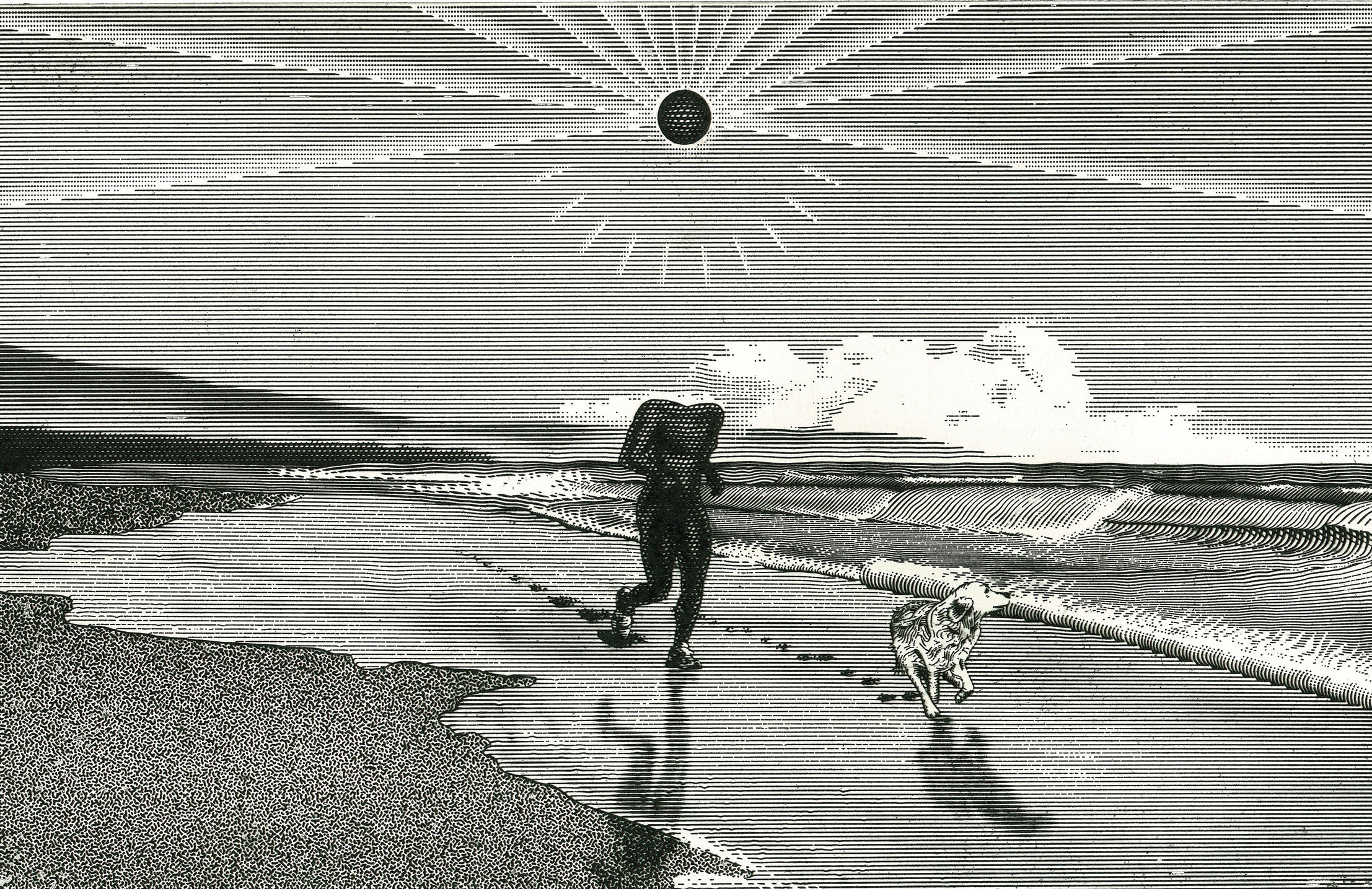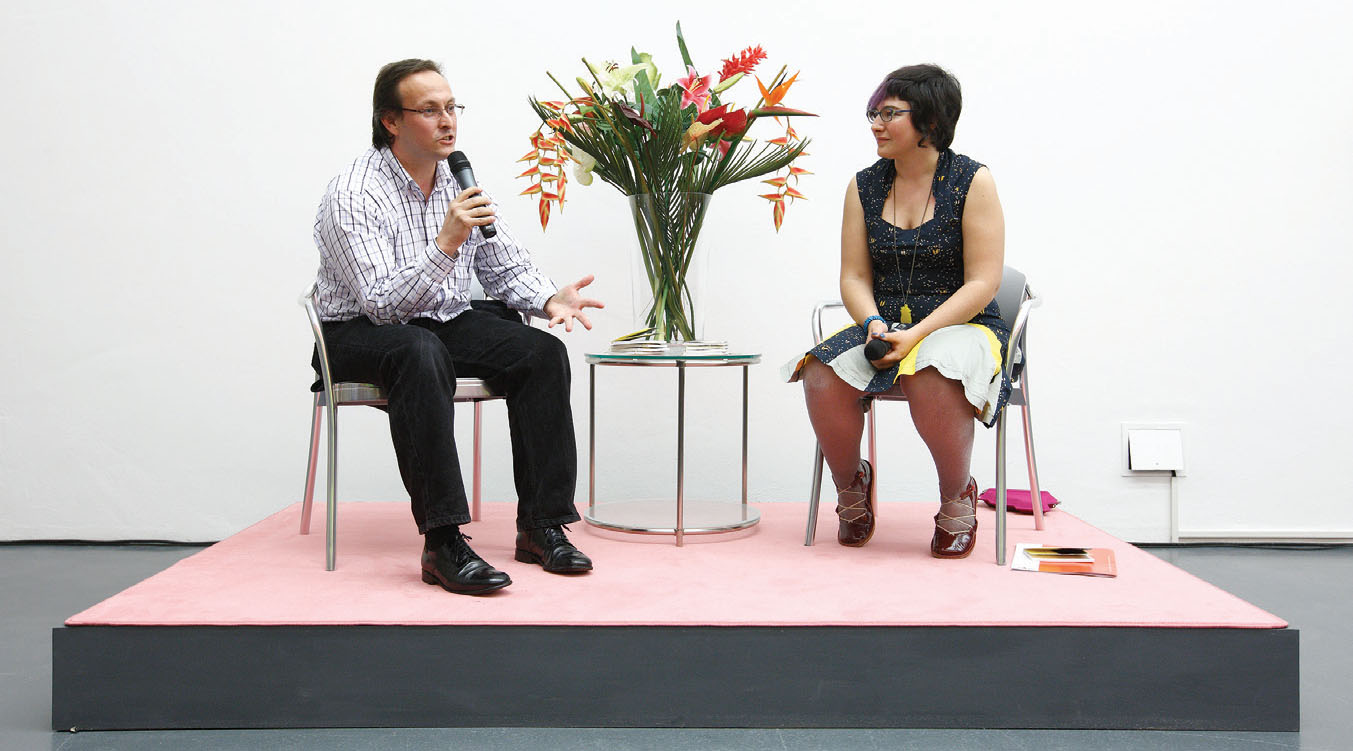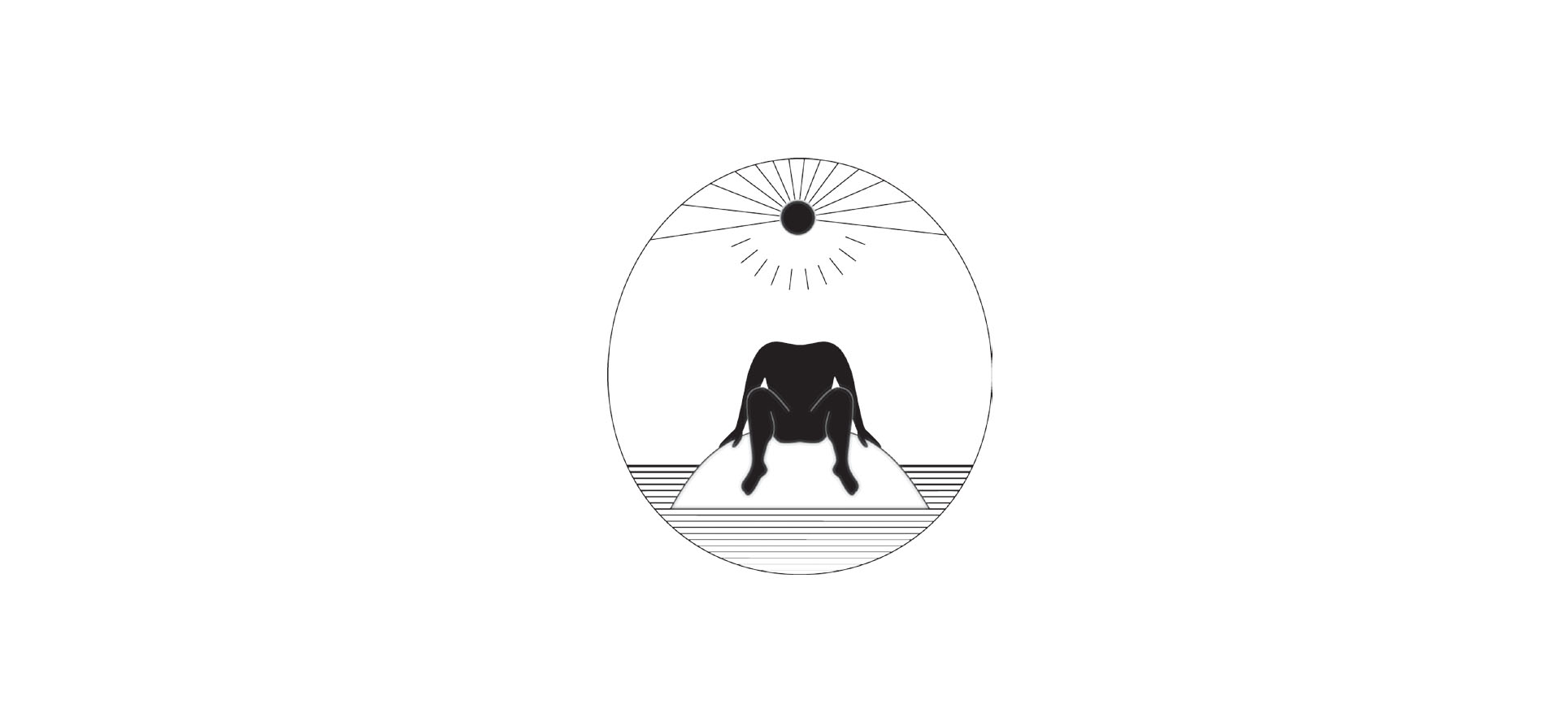Goldin + Senneby: Headless
| May 23, 2016 | Post In 2016年4月号

Courtesy Kadist Art Foundation
PHOTO: Emilie Villez
Headless is a multimedia, long-term project by Goldin+Senneby (Simon Goldin and Jakob Senneby) initiated in 2007. It has been realized through a number of contracted collaborators, including a private investigator, filmmakers, a mystery novelist, a curator, a scenographer, and a scholar of economic geography, to name a few, in order to explore how jurisdiction constructs space using strategies of invisibility analogous to those exercised within offshore financial centers. Multiple performances have been created under the auspices of the unseen artists, events that were then incorporated into the novel Headless published by Triple Canopy, Sternberg Press, and Tensta Konsthall.
Originally the goal (if it was ever intended to be reached) was to seek or flesh out a possible connection between Acéphale, the secret society initiated by philosopher Georges Bataille in the 1930s, and the offshore company by the name of Headless Ltd., administered by Sovereign Group. Bataille’s Acéphale had several nocturnal meetings in the woods, near an oak that had been struck by lightning. The journal was illustrated by André Masson, depicting a headless figure symbolizing the absence of reason and reflection.
The author of Headless is listed as K.D., the initials of a supposed employee of the Sovereign Group’s Gibraltar office. The novel was actually ghostwritten by a writer named John Barlow, who was hired to write a mainstream murder mystery novel about this investigation, placing the author as a character within the novel who is also writing the novel under supposedly dangerous and nefarious conditions. Goldin+Senneby are also featured within the narrative, more or less playing themselves. This self-reflexive narrative eventually reads as a documentation of a production orchestrated by the artists, which has grown to be a fiction played out within its own ecosystem.
The project has involved the following known contractors or actors:
K.D., The fictional author of Headless and employee at the offshore consultancy company Sovereign Group
Angus Cameron, economic geographer at the University of Leicester
Kim Einarsson, independent curator
Anna Heymowska, scenographer
Pia Sarma, intellectual property lawyer
TJ Demos, art historian
Sarah Thornton, sociologist

With Johan Hjerpe (graphic designer)
The project has been presented in the following known scenarios:
Exhibition at Power Plant in 2008, where the documentary film Looking for Headless was produced over the course of the exhibition.
Directors Kate Cooper and Richard John Jones’s documentary Looking for Headless (2010).
Screenings of Looking for Headless at Regus offices (fully furnished offices for rent with locations worldwide).
Exhibition at Kadist in 2010 titled “The Decapitation of Money.”
Angus Cameron’s guided walk through the Forest of Marly, retracing the origins of the decapitation of money since the eighteenth century while searching for the tree struck by lightning around which Acéphale gathered.
Angus Cameron’s lecture at the zoo.
Angus Cameron’s interview with Hans Ulrich Obrist.
“Gone Offshore”, a conversation between writer John Barlow and curator Övül Durmusoglu.
The fictional blog of John Barlow, documenting his investigative journeys on travelblog.org.
Eight articles published under the general title of “The Geography of Money” in Portuguese in the Metro Sao Paulo newspaper, written by Angus Cameron.
The 2010 Christie’s auction of the buyer’s name to be featured as a character with in the Headless novel, guided by Sarah Thornton.
Parts of Headless were featured in the publication Contemporary Art and Its Commercial Markets: A Report on Current Conditions and Future Scenarios, edited by Maria Lind and Olav Velthuis
Externally initiated events surrounding and about the Headless project include:
The Office for Parafictional Research, founded by Ginny Kollak
Rhizome panel initiated by Ginny Kollak and Brian Droitcour
The term “offshore” in general has come to represent the general displacement of activity in order to assume the appropriate nationhood or identity. Examples of these gestures are present within tax evasion and data storage, where national jurisdiction dictates the legality of action for an intangible substance of value. Quasi-legal activity can be made legal or at least ambiguous by routing through the lines of jurisdiction. Proxies are often needed in order to accomplish acts of evasion or aversion. Individuals can also function as proxies, liaisons, intermediaries, mediums for flows of information, identities for ownership to pass through.

Set design: Anna Heymowska
Courtesy GAMeC
PHOTO: Antonio Maniscalco
**Spoiler Alert**
The artists have used this method of removal within the process of orchestrating the events depicted in constructing the narrative of the novel. Is Headless one big narrative Ponzi scheme, incorporating more and more actors, collaborators, and contractors to be involved under a vague belief in the existence of a genuine inquiry, whose involvement in turn becomes the substance of the inquiry within the story? An introduction by Triple Canopy editor Alexander Provan faithfully and purposely fails to encapsulate the whole project or distinguish which parts belong to the whole Headless story. Early on in the novel, the author discovers the year in which Headless Ltd. was created, which arouses suspicion that the artists could have created Headless Ltd. shortly before contacting the ghostwriter. The legitimacy of Sovereign Group also comes into question. But, to question the existence of Sovereign Group, one would then have to question such minute details as the cease and desist letter that was supposedly sent by the Group upon the use of their employee’s name as the author of the book, forcing the abbreviation of the author’s name as K.D.
There is a feeling of romantic antiquity in the search for a place of origin. In the case of Headless, it’s an endless search for something that exists for the purpose of never being found, an entity without a place. Antiquated because the material location or substance of a digital entity, such as flows of money or information, is not where truth can be found; it’s an artifact, the ephemeral substrate of a larger network of circulation. Or perhaps it is just no longer shocking to reveal materiality, so being led by a search for materiality as a source of truth feels like a sentimental gesture. The belief that there is a final truth, one that can be wrapped up and explained in its totality, belongs to an earlier time.
The Headless project has spanned the course of almost a decade, correlating to real life events starting with the financial crash, then data surveillance, and now further geopolitical events. Fiction and speculation intertwine with money and data, as with the volatility of mediated politics. Global news reaches the west directed and staged in the real world for the purpose of documentation and broadcast. Events stream live while the actors are also producers producing as they act–a Kardashian tragedy. Within Headless, the most palpable presence are the invisible orchestrators. Goldin+Senneby seem to be involved in not being involved. As we speculate based on various other texts and publications, along with their own stated purpose, the only thing we can be clear on is their secrecy. Perhaps the biggest correlation between Headless and Acéphale is not just what is known about them, but their continuous acts of removal and dispersion.


